

Diehard Pokemon fans have almost definitely been disappointed by the lack of support that the series has received on the Nintendo 3DS. With nothing but Pokemon Rumble Blast and a few eShop offerings to keep them going, the prospect of Pokemon Mystery Dungeon: Gates to Infinity certainly appeared to be a sight for sore eyes. Sadly, the classic Poke-centric dungeon crawler hasn’t turned out to be anywhere near as engaging as its predecessors, leaving gamers with yet another abysmal stop-gap until the next pair of core installments arrive on the handheld.
For those unfamiliar with this particular series, Pokemon Mystery Dungeon literally throws players into the world of Pokemon. As the main character plummets into this strange new world, they are transformed into an adorable monster themselves. Upon hitting the ground abruptly, users are introduced to a character that will become their teammate, and off they go on wonderful adventure to save the world from some sort of trouble.
One of the most appealing aspects of Gates to Infinity, and every single one of its predecessors, is the ever changing layout of each dungeon. Each area is randomly generated, meaning that players who re-enter a previously conquered dungeon won’t find the same layout awaiting them. This trait sounds appealing, but (as a result of the boring and nearly identical dungeon structure) gamers will quickly find themselves growing tired of each dungeon.
The graphics aren’t too bad, but the combat is a different story.
Sadly, the combat that occurs within every dungeon isn’t much better. As gamers traverse through the randomly generated labyrinths, they’ll be confronted by various Pokemon that inhabit each area. When this happens, they’ll be forced to confront the critters in a battle, but it doesn’t take much strategy to dispatch the foes. Regenerative health and an abundance of PP restoring items also makes everything that occurs within a dungeon feel easy and overly tedious.
The one player-controlled pocket monster (the main character of the game) can have up to four unique attacks at its disposal — a feature that’s based on the premise of the core Pokemon games. As gamers level up the Pokemon on their team, the creatures will learn new attacks which can replace existing moves. Managing the monsters’ arsenals will prove important later in the game as enemies become stronger, and the ramifications of being limited to four attacks does provide at least a little strategic depth.
Better yet, moves can actually be levelled up if they’re used frequently enough, and the attack levels will be shared amongst teammates. As an example, if more than one monster in the player’s party has the move ‘Tackle’ and one creature uses it enough to level up, then every other Pokemon in the user’s group that shares the same attack will have the it level too. The only complaint this system can be given is that it’s a little too easy to make attacks more powerful, but that’s really just nitpicking given the sheer number of different attacks found within Gates to Infinity.
Of course, one of the biggest draws about the Pokemon franchise is the thrill of collecting all of the monsters roaming the land. Just like it was in past Mystery Dungeon games, adding new Pokemon to your “Paradise” and team of explorers is a crucial part of the title. The only downfall with this mechanic is that there aren’t nearly enough creatures to recruit.
Most of the critters that will party up with the heroes are ones who made their debut in Pokemon Black and White, but even then not all of them are present and accounted for. It’s not a devastating blow to not have all of the current Pokemon available — there are a grand total of 649 after all — but it doesn’t take much effort to encounter all of the characters included on the cartridge.
One new feature that manages to make the game more enjoyable is the ability to completely customize your own Poke Paradise. By utilizing materials obtained through quests, players can completely build and design their own club house of sorts; building shops, dojos, fields for horticultural use, and many other things that will benefit users and their respective teams.
Each addition to the Paradise will cost wannabe entrepreneurs various items and cash depending on how elaborate the structure is, and many of the items in question can only be obtained after selecting specific quests. This makes choosing between missions feel more important and forces players to plan ahead when it comes to what features they want to add to their base.
One nifty feature that The Pokemon Company decided to implement is the ability to scan circular objects with the 3DS’ camera and open up a portal known as a magnagate. By scanning objects of the circular variety, players will unlock new levels to explore and items that transfer into the main game. Anyone looking for a little more challenge without having to trudge through the majority of the campaign can instantly do so with this feature — although they’ll have to keep finding round objects to scan.
Despite the ability to customize your base and collect Pokemon, Pokemon Mystery Dungeon: Gates to Infinity fails to capture what made its predecessors so much fun. An over-simplified combat system, combined with boring dungeon layouts and a sleep-inducing story don’t bode well for gamers who’ve been anxiously awaiting a decent Pokemon game on the Nintendo 3DS. There are a handful of redeeming qualities in Gates to Infinity that dedicated fans will enjoy, but a majority of trainers would be better off running away from this title instead of capturing it.
–
You can follow Riley on Twitter @TheRileyLittle.
Pokemon Mystery Dungeon: Gates to Infinity is available now, exclusively on the Nintendo 3DS.
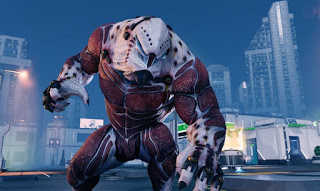
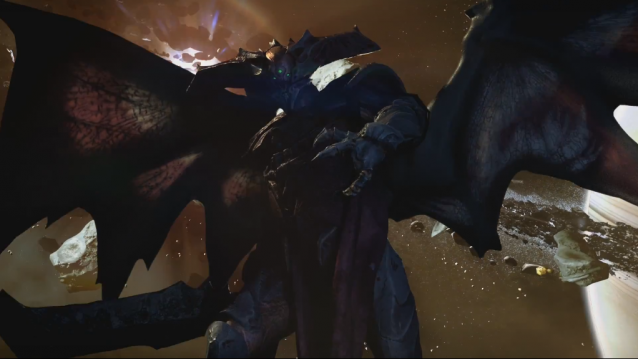

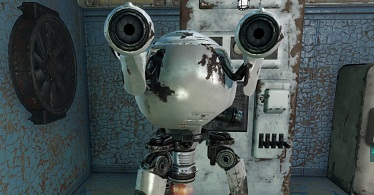
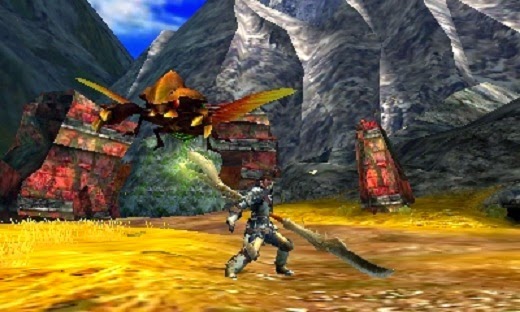 Monster Hunter 4 Ultimate walkthrough
Monster Hunter 4 Ultimate walkthrough Jack White calls Robert Plant to sing Led Zeppelin classic in Lolla Argentina
Jack White calls Robert Plant to sing Led Zeppelin classic in Lolla Argentina How to find Assault Rifles and High Class Melee Weapons in Dying Light, Complete Weapons Guide
How to find Assault Rifles and High Class Melee Weapons in Dying Light, Complete Weapons Guide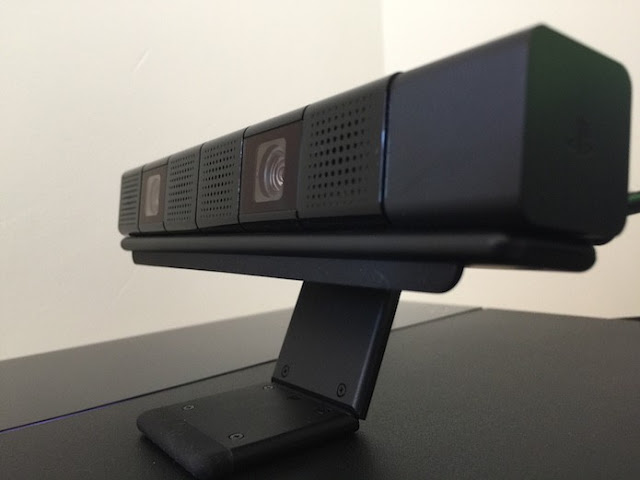 Connect and configure your new PS4 Camera
Connect and configure your new PS4 Camera Top 6 Amusing Skyrim Game Fails
Top 6 Amusing Skyrim Game Fails